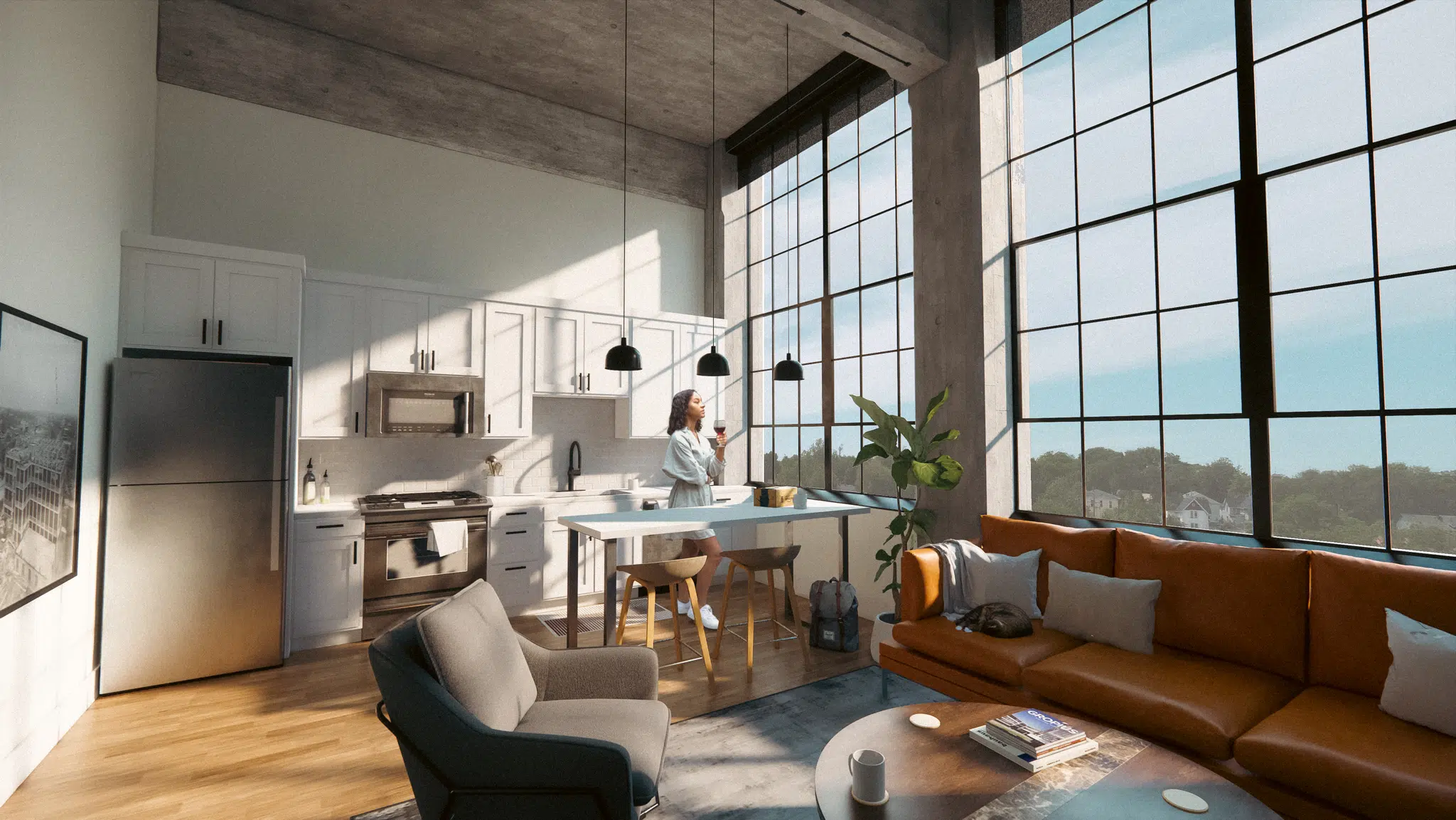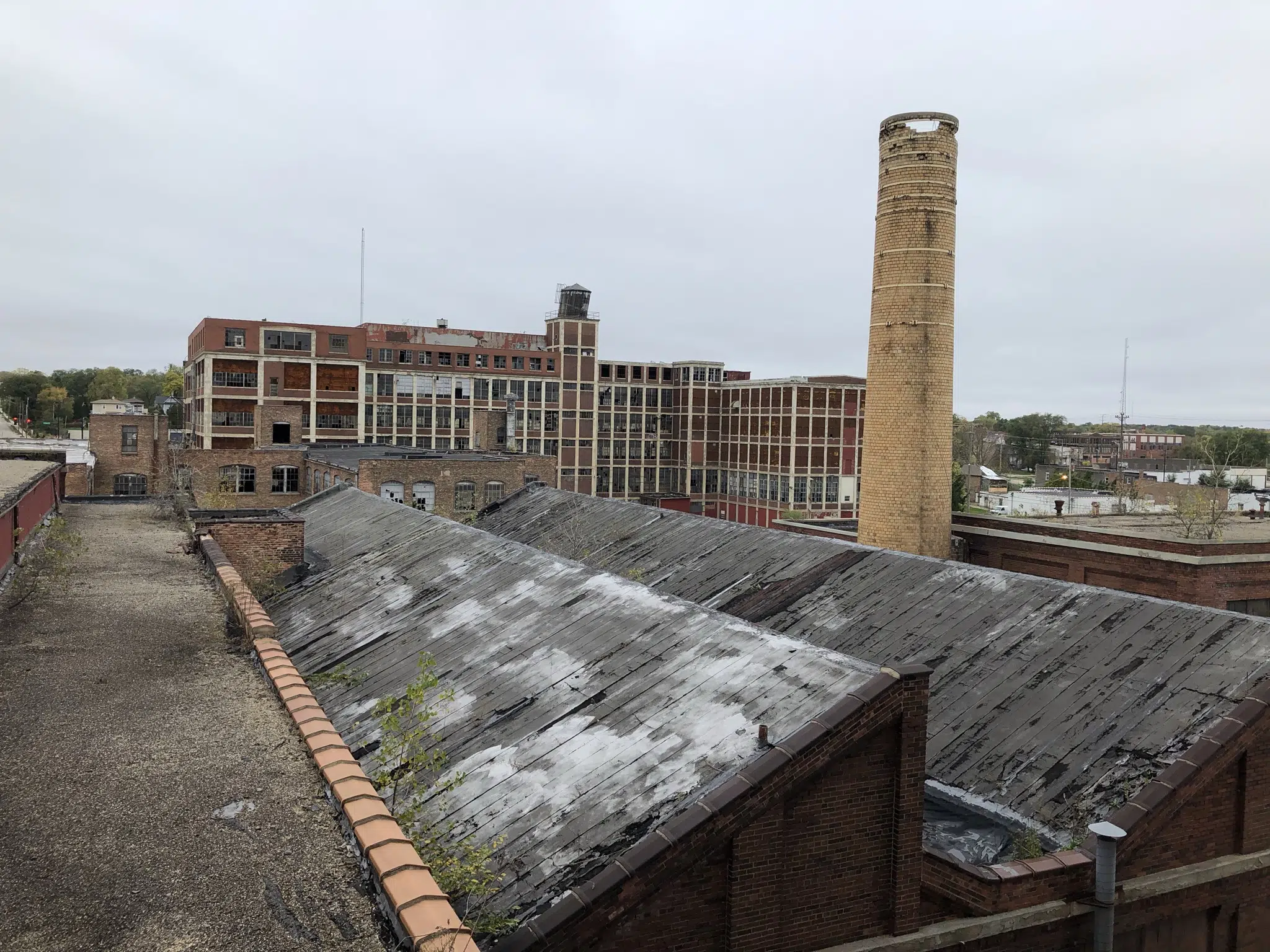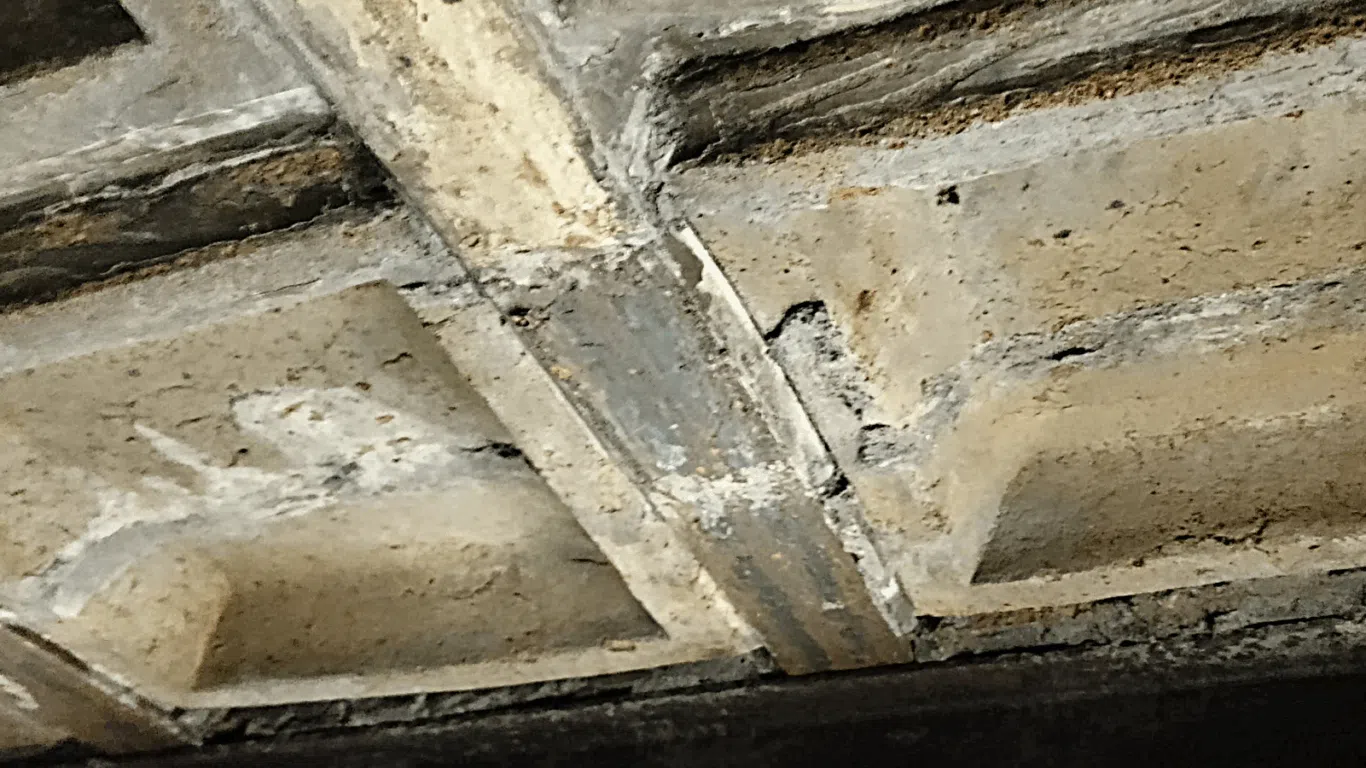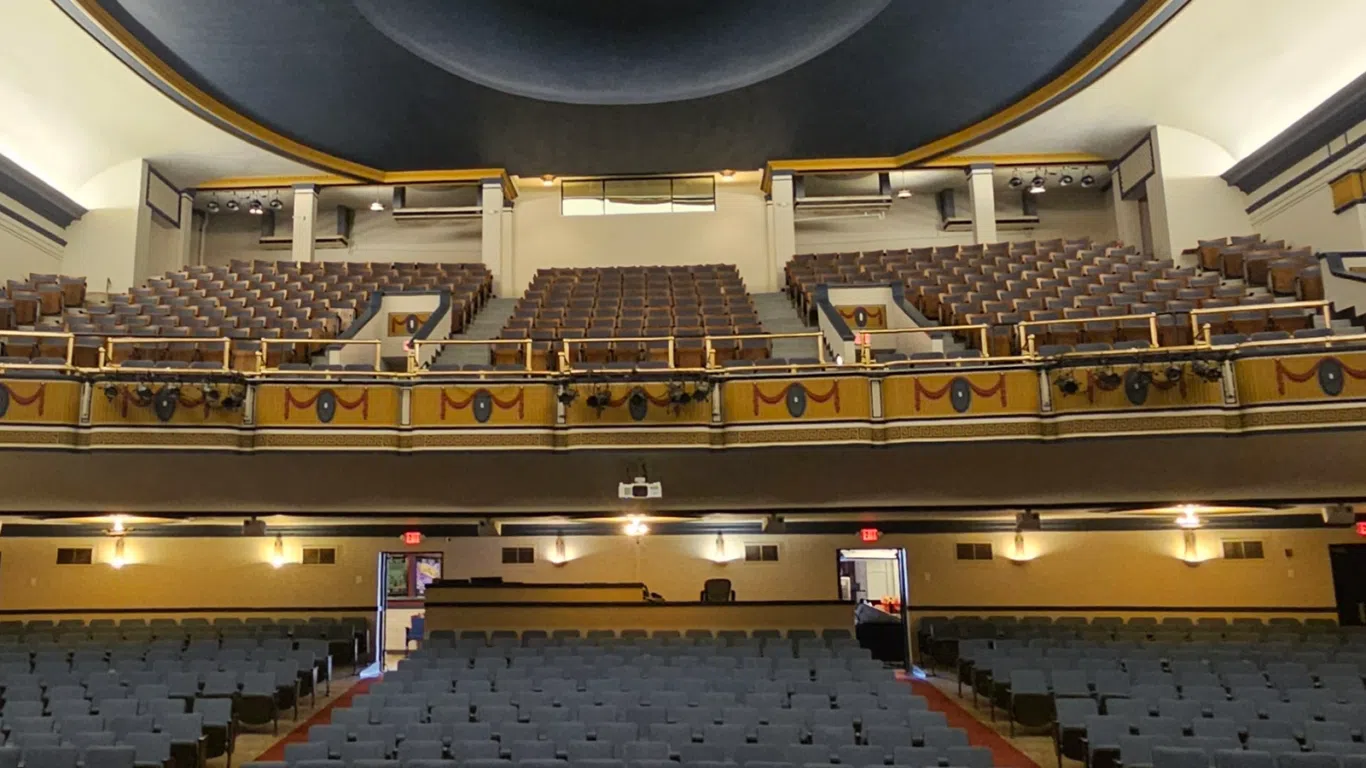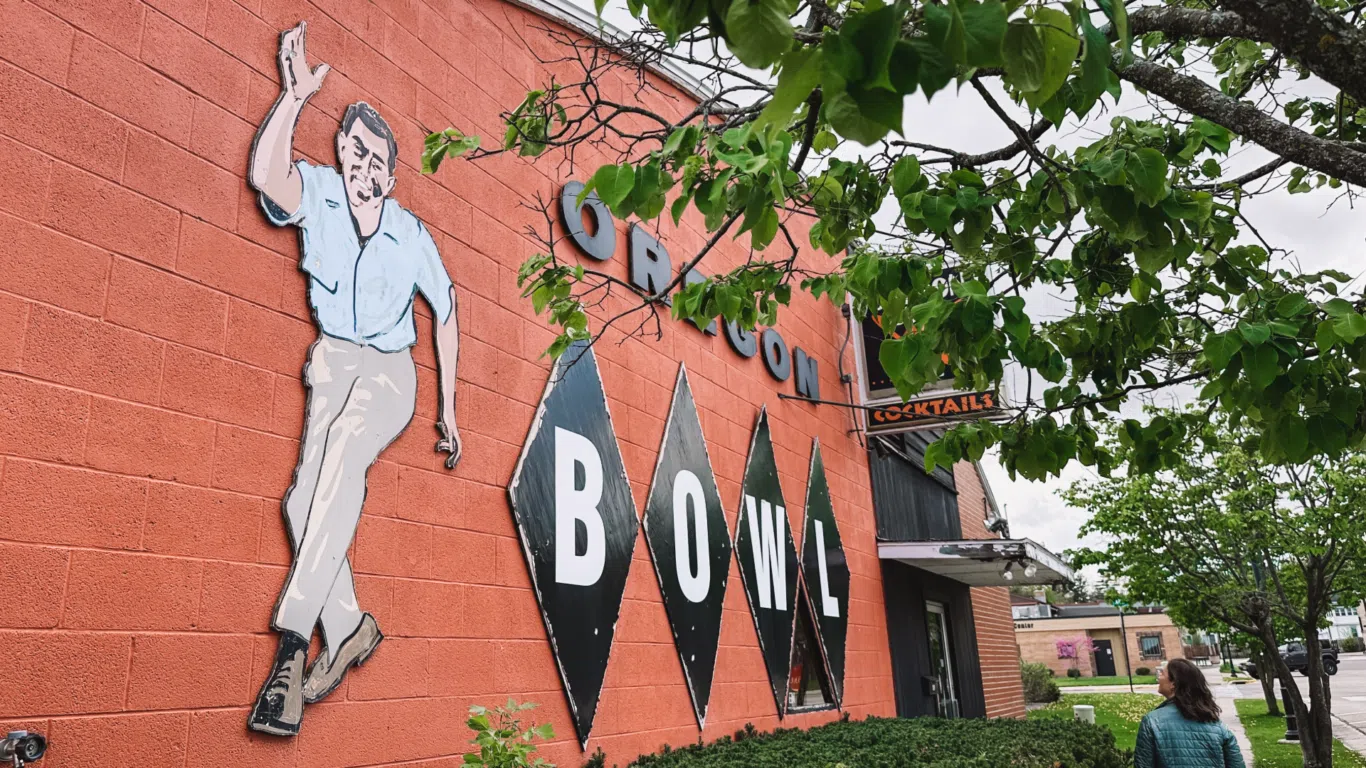After the death of Howard Colman in 1983, the campus was sold to Reed-Chatwood, ceasing operations 17 years later. The City of Rockford purchased the property in 2002 and began the environmental cleanup process, making the campus more appealing for redevelopment. The Barber-Colman campus was recognized by the National Park Service in 2008 when it gained a listing on the National Register of Historic Places.
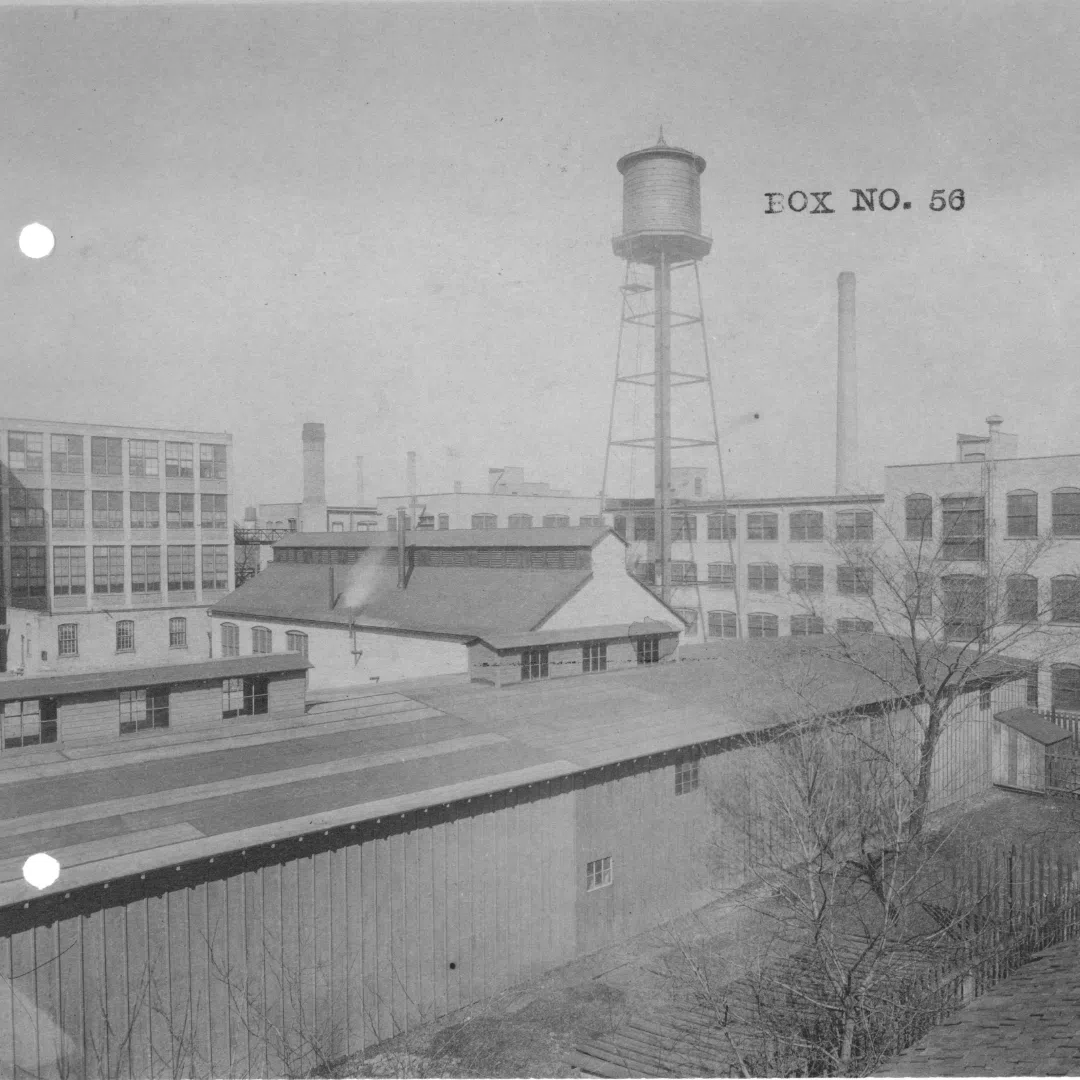
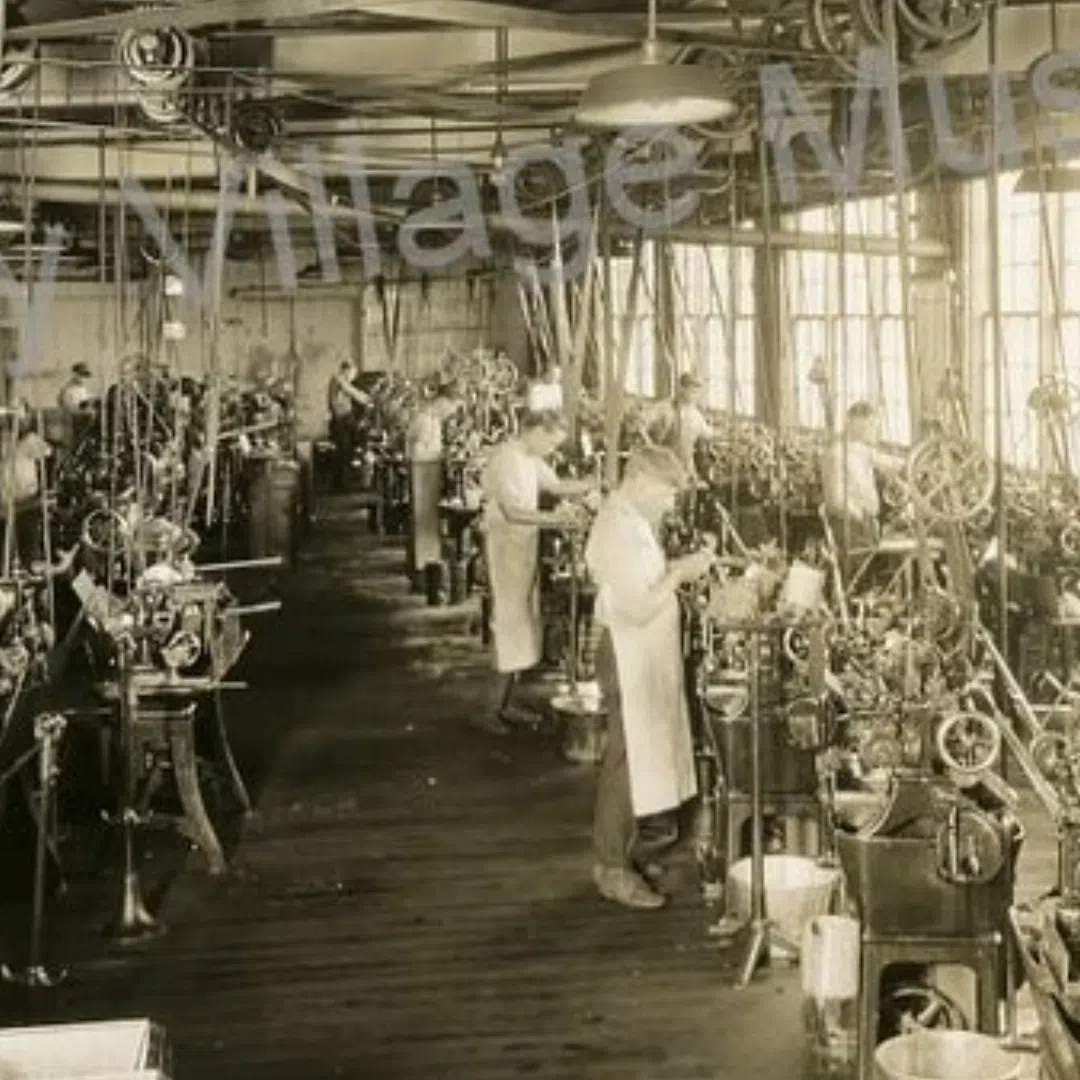
Building 4 looking NE – Source unknown
Barber Colman Factory – Photo courtesy of Midway Village Museum
Ready For New Life
Two decades after the city purchased the property, the buildings still remained vacant and deteriorating. Connected by a cultural corridor, the campus sits in an idyllic location just outside of downtown Rockford, near the airport, highway, and existing neighborhoods.
Amongst others, we saw the potential of this site to be re-invented and reused. The industrial buildings with immense daylighting are the ideal backdrop for a creative space that will form and inspire the next generation. In 2021, the campus’ fate was changed by an opportunistic developer who visited the city. J Jeffers, now hard at work in the phased renovation of Colman Yards, looked at the dormant campus and envisioned a space that is organically situated to serve a variety of housing needs as well as home additional retail, entertainment and green space.
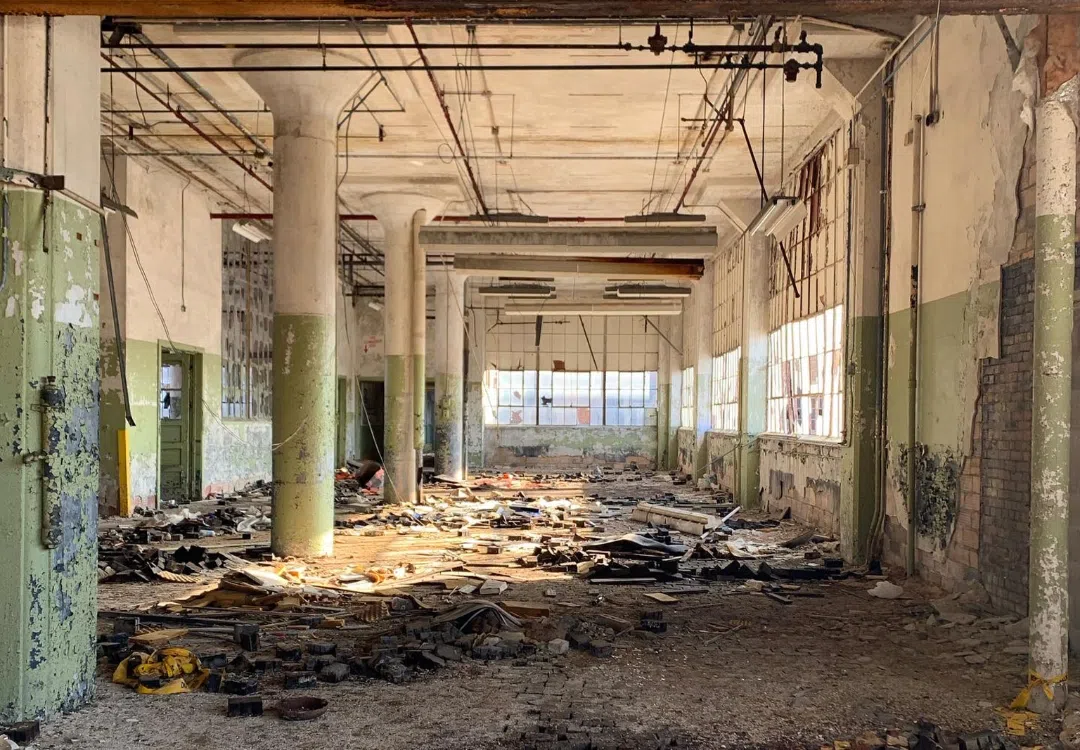
Led by J Jeffer’s vision to rehabilitate the entire campus with an emphasis on quality of life, Studio GWA, along with Space Architects, have had the privilege of creating designs aimed at returning Colman Yards to its roots. The campus will function once again as a self-sustaining village by housing a few hundred dwelling units, a small gym, and utilizing existing spaces for coffee shops, retail spaces, and cafes. Currently, there are nine historic buildings within the campus that will be renovated, with plans to also construct a new parking garage with first floor retail space, new townhomes, and apartments.
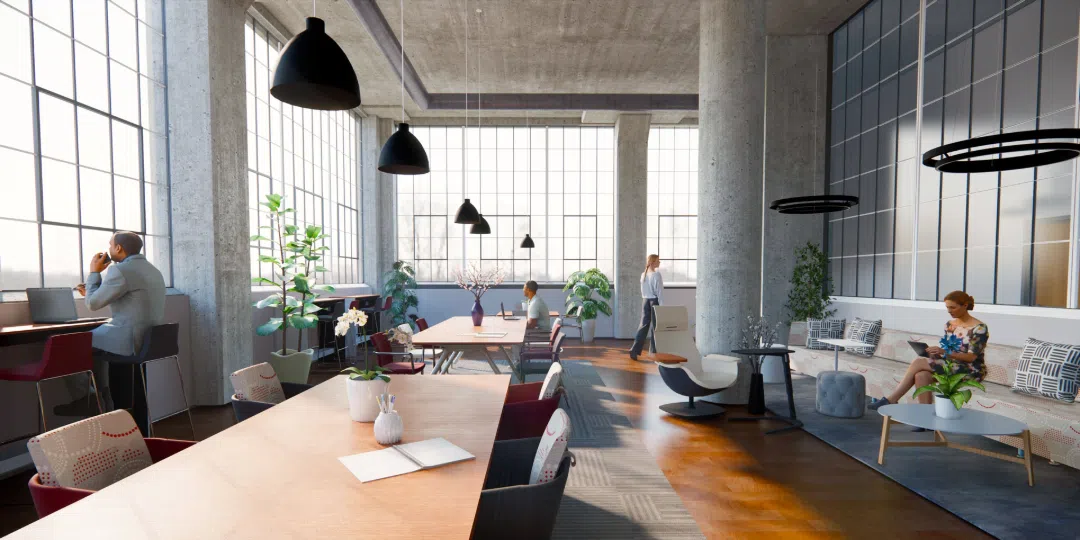
Preserving History
As with most preservation and adaptive reuse projects, surprises are to be expected. Much like Colman solved problems with innovation, we now have the same opportunity to orchestrate solutions that not only satisfy the new use as livable space, but also maintain the historical integrity of the structures so the buildings can serve generations to come. The windows at Building 5 are a great example of this.
The massive windows that once gave light to dim factory spaces will soon occupy entire exterior walls of dwelling units. The design effort seeks to enhance this striking historical character while also prioritizing energy use and conservation.
Construction on Building 5 is currently underway, and the entire restoration will add vibrancy back into the south side of the city that holds much of Rockford’s past. The history of the campus is marked by innovation, creativity, community, and hard work—those same attributes are the driving momentum behind the preservation and adaptive reuse of the Colman Yards campus today.
